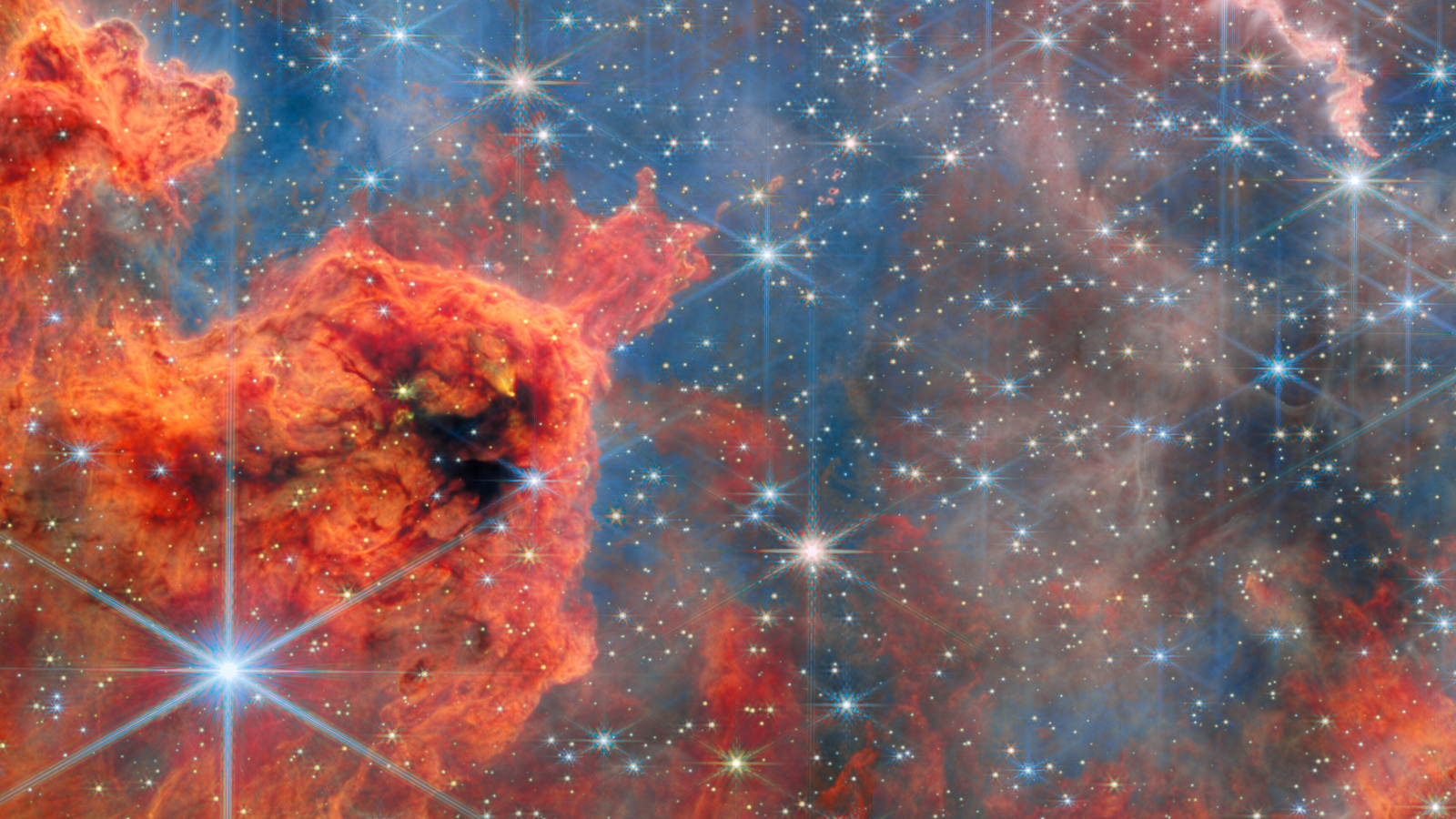Dozens of earthquakes swarm Hawaii as the world's largest volcano erupts
The eruption is so far not threatening downhill communities or affecting flights

Hawaii's Mauna Loa, the world's largest active volcano, is erupting for the first time in nearly 40 years.
Dozens of earthquakes — one of them a magnitude 4.2 quake — have swarmed the region after the volcano's Moku'āweoweo summit caldera erupted on Sunday (Nov. 27) night. Officials have issued an ashfall advisory for Hawaii's Big Island and residents have been asked to remain vigilant.
So far the eruption's lava flows pose no risk to people living downhill from the eruption and air travel is currently unaffected, according to Hawaii's Tourism Agency.
"At this time, lava flows are contained within the summit area and are not threatening downslope communities," officials from the U.S. Geological Survey (USGS) wrote in a hazard notification. They warned, however, that, "based on past events, the early stages of a Mauna Loa eruption can be very dynamic and the location and advance of lava flows can change rapidly."
Related: Satellites watch Mauna Loa, world's largest active volcano, erupt in Hawaii (photos)
Read more: ATLAS observatory atop Hawaii's Mauna Loa volcano watching eruption closely
The alert, issued in conjunction with USGS's Hawaiian Volcano Observatory (HVO), noted that the HVO is set to perform aerial reconnaissance flights as soon as possible "to assess hazards and better describe the eruption," and that "winds may carry volcanic gas and possibly fine ash and Pele's Hair downwind." Pele's hair are thin strands of volcanic glass formed from cooling lava, which can be carried aloft by strong winds and are sharp enough to lacerate skin and eyes.
Mauna Loa takes up more than half of Hawaii's Big Island and rises 13,679 feet (4,169 meters) above the Pacific Ocean, according to USGS. The volcano is fairly active, having erupted 33 times since its first well-documented eruption in 1843. Its last eruption was in 1984 when it sent a lava flow close to the city of Hilo. After that, Mauna Loa entered its longest dormant period in recorded history.
Breaking space news, the latest updates on rocket launches, skywatching events and more!
Warning signs of an eruption have gradually increased since September, as geologists tracked an uptick in earthquake frequency. This began with five to 10 earthquakes a day in June, and grew to up to around 40 a day in October.

Ben Turner is a U.K. based staff writer at Live Science. He covers physics and astronomy, among other topics like weird animals and climate change. He graduated from University College London with a degree in particle physics before training as a journalist. When he's not writing, Ben enjoys reading literature, playing the guitar and embarrassing himself with chess.

